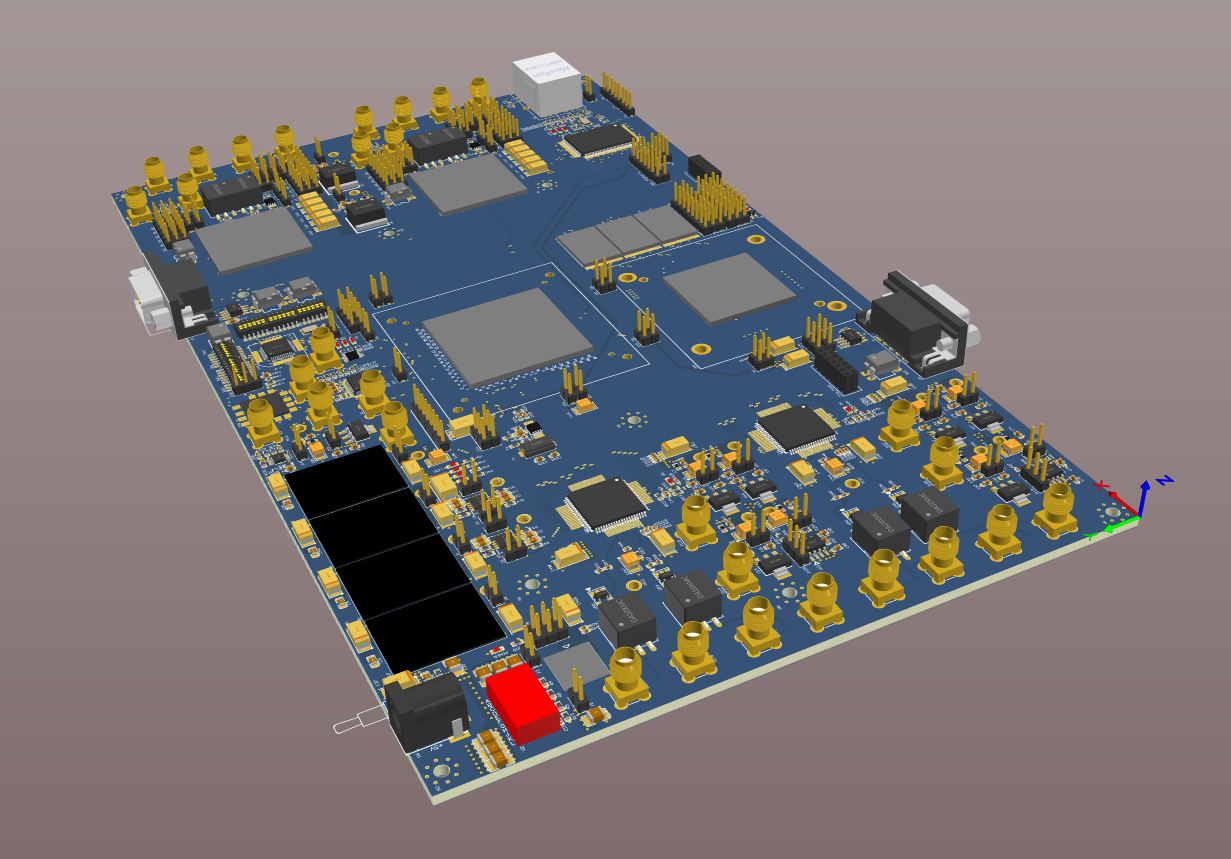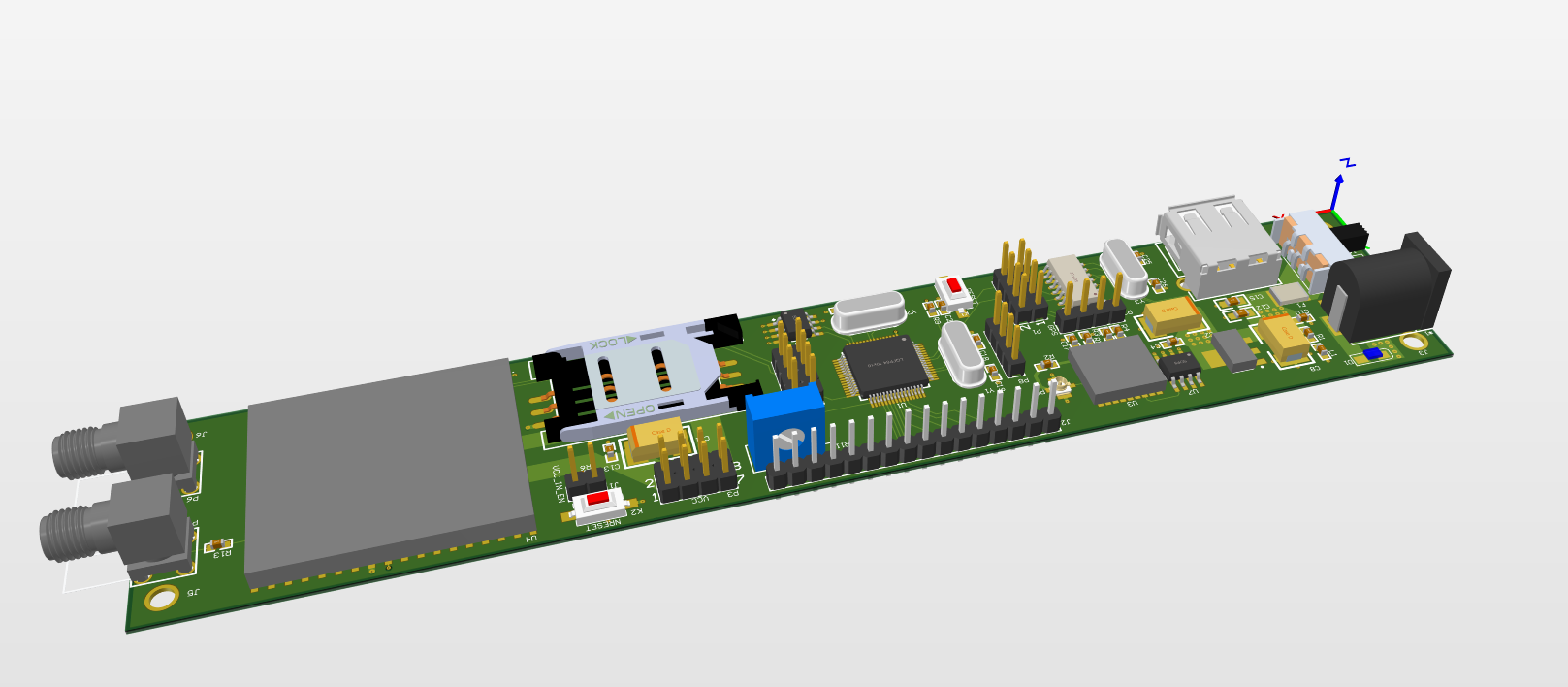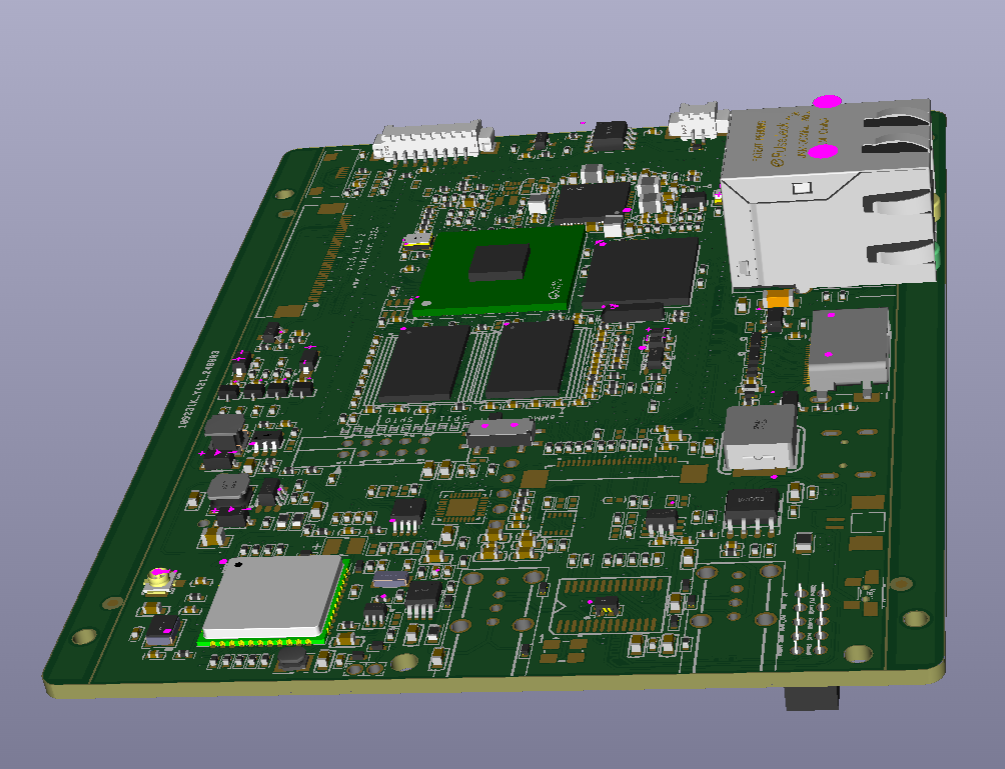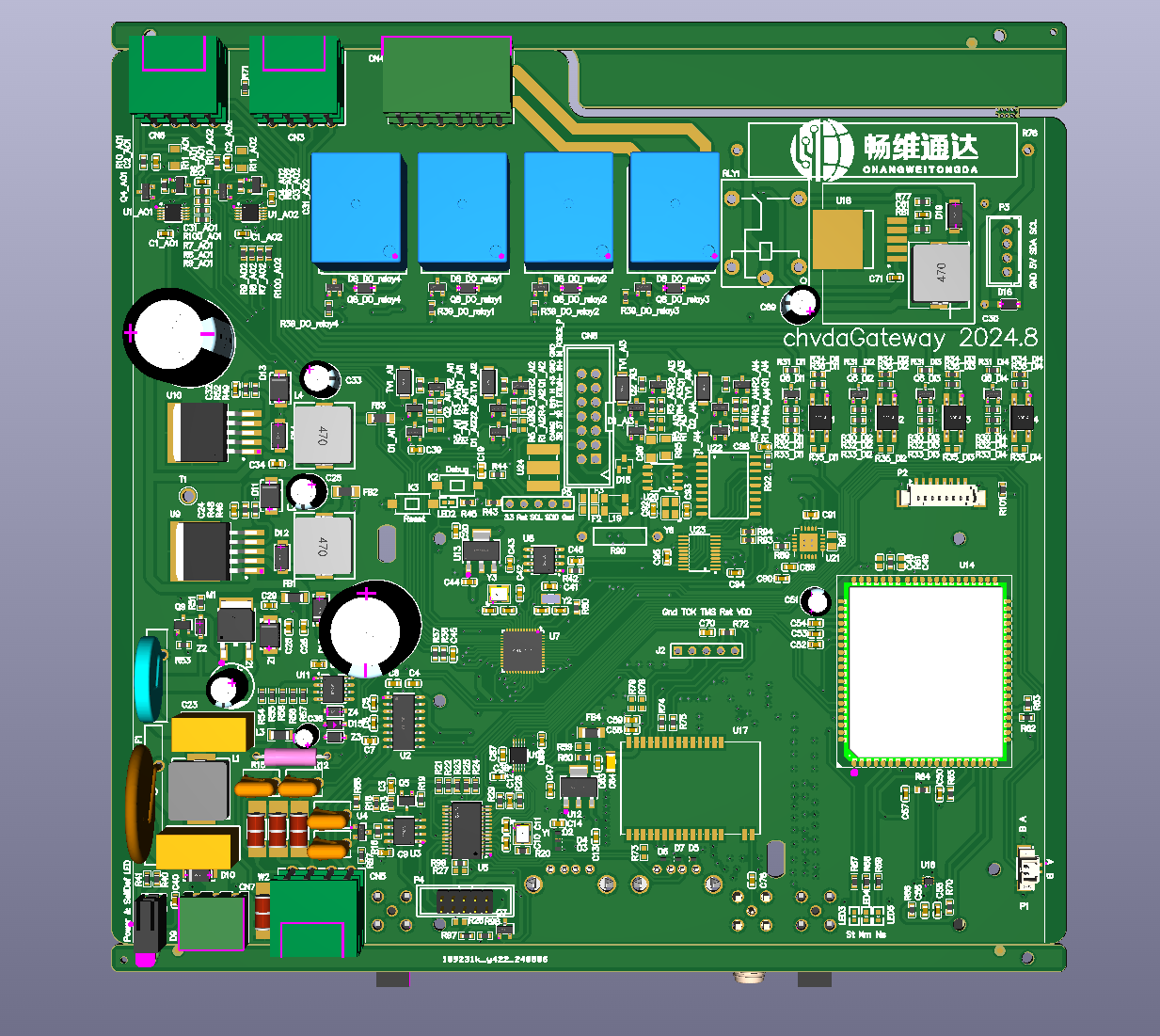Low-Power Industrial-Grade Control Card Based on MCU designed by Rockbrain® Corporation
This control card is a low-power embedded control solution specifically designed for industrial applications, developed using an ARM-based microcontroller (MCU). It is engineered to provide efficient and reliable operational support for various industrial control systems. The design integrates advanced interfaces and input/output options to ensure a balance of high performance and low power consumption, even in harsh industrial environments. The specific features and functionalities are as follows:
1. ARM MCU-Based
At the core of this control card is an ARM architecture microcontroller (MCU), known for its high processing efficiency and low power consumption, making it ideal for demanding industrial control tasks. The ARM MCU offers a wealth of peripheral interfaces and robust computational power, supporting the execution of complex algorithms and real-time task scheduling, ensuring stable system operation under various working conditions.
2. USB Host Interface (Type-C with Power Delivery)
The control card integrates a USB Host interface utilizing a Type-C connector with power delivery capabilities. This interface allows communication with various USB devices (such as flash drives, sensor modules, etc.) while providing power through the Type-C connection, simplifying the system’s power management and enhancing device usability and expandability. The interface design adheres to the latest USB standards, ensuring high-speed and reliable data transmission.
3. USB Device Interface (Type-C)
In addition to the USB Host interface, the control card also features a USB Device interface using a Type-C connector. This interface enables the control card to communicate as a peripheral device with host systems (such as PCs or servers), supporting firmware updates, data transfer, and system configuration. The inclusion of the USB Device interface further enhances the connectivity of the control card, allowing seamless integration into existing industrial systems.
4. Multiple Button Inputs
The control card is equipped with multiple button input channels, supporting various user input operations. These button inputs can be used for system control, parameter adjustment, mode switching, and other functions, meeting the diverse input requirements in industrial settings. The button inputs are designed with the industrial environment in mind, offering high reliability and longevity, ensuring stable performance even under frequent operation.
5. Multiple LED Display Channels
The control card includes multiple LED display channels, capable of real-time display of system status, operation feedback, or alarm information. These LED display channels can be flexibly configured, supporting different colors and brightness levels to suit visual requirements in various industrial scenarios. The multiple LED displays not only enhance the system’s visualization but also improve user comprehension of system status and real-time monitoring capabilities.
The low-power industrial-grade control card based on MCU is a highly versatile and robust solution that offers exceptional support for industrial control systems, ensuring that operations remain efficient and reliable even in the most complex and variable industrial environments. The design of this control card is centered around achieving a perfect balance between low power consumption and high performance, which is critical for maintaining operational efficiency while minimizing energy costs.
In industrial automation, the control card’s ability to deliver high processing power with minimal energy usage means it can manage sophisticated control algorithms, support real-time decision-making, and ensure smooth operation of automated processes. This makes it particularly well-suited for environments where energy efficiency is paramount, such as in manufacturing plants where reducing power consumption can lead to significant cost savings over time.
Moreover, the control card’s low power consumption is not just beneficial for reducing energy costs; it also contributes to greater system longevity and reliability. By generating less heat, the control card minimizes thermal stress on components, reducing the likelihood of overheating and extending the lifespan of both the control card and the system it supports. This is especially important in industrial settings where equipment downtime can lead to costly interruptions in production.
In the context of the Industrial Internet of Things (IIoT), the control card’s design allows it to function effectively in distributed sensor networks, where it can handle the collection, processing, and transmission of large volumes of data from multiple sensors. Its low power requirement is a key advantage in these scenarios, as many IIoT devices operate in remote locations where power resources are limited. The control card’s ability to perform efficiently under such constraints makes it an ideal component for IIoT applications, enabling continuous monitoring and control of industrial processes with minimal energy consumption.
Overall, the low-power industrial-grade control card based on MCU is an indispensable tool for modern industrial systems, providing the high performance needed to handle complex tasks while maintaining the energy efficiency required for sustainable operations. Whether in automation, equipment control, or IIoT applications, this control card ensures that industrial systems can operate smoothly, reliably, and efficiently, even in the most demanding environments.





